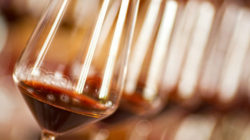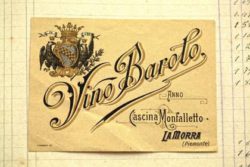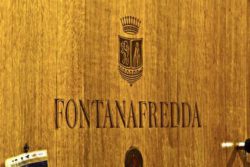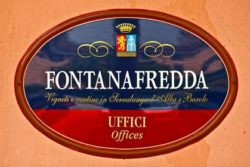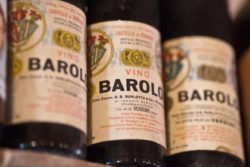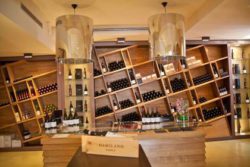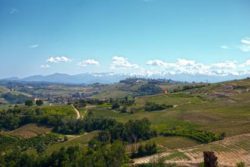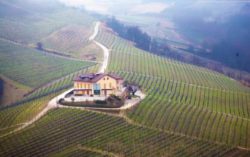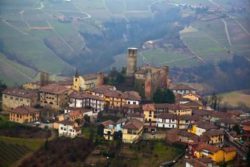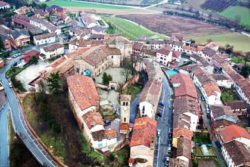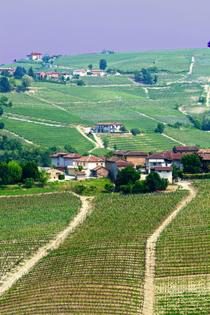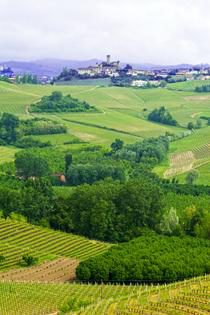Old vines - new world
In nearby Barbaresco, around half as much Nebbiolo is produced as in Barolo. The on average slightly lower, warmer sites between 150 and 300 metres, with fewer temperature differences, ensure, roughly speaking, slightly softer wines, which, with their fruit, finesse and lower acidity are also accessible at an earlier stage.
Essentially, Barbaresco achieves the same qualities as Barolo. However, in PR terms, a valid title such as “wine of kings – king of wines” is hard to beat. Not even Angelo Gaja can do anything to change this. As early as the 1970s, the winegrower tackled technical changes such as short mash fermentation and careful barrel maturation, thus achieving wines that were both complex and marketable. The winegrower from Piedmont is one of the most influential wine personalities in the world.
In the geologically highly changeable Roero north of Barolo, the Etruscans, predecessors of the ancient Romans, grew wine. Nebbiolo, too, has grown on the steep slopes for many hundreds of years. Today, price-conscious wine lovers in the DOCG region come across individual top wines at very tasty prices. Moreover, Nebbiolo is found spread across Piedmont, for example in Asti. However, in total it occupies only about ten per cent of the Piedmontese cultivated area, which, in turn, constitutes three quarters of all the Nebbiolos in the world. Noteworthy plantings are still to be found in Lombardy, where the variety does not mature so well and is less complex. In the rest of Europe, it exists on scattered mini acreages.
In more modern times, the enormous potential of the vine excited winegrowers on other continents. These included Californian winegrowing legends John Grahm from Bonny Doon and Jim Clendenen from Au Bon Climat. Angelo Cetto, an immigrant from Turin, brought it to the largest winegrower in Mexico. A Nebbiolo is on the company’s wine list to this day. Especially in the more temperate regions of Australia, a series of winegrowers have taken an interest in growing the vine, with better results the cooler the location.
However, none matches the aromatic complexity of Barolo. Which, in turn, is good for the original. The important foreign markets, such as the USA and Germany, are stable. 280 of the 650 winegrowers have come together in the marketing organisation Albeisa (Unione Produttori Vini Albesi), which has given key stimulus for marketing.
Each year journalists from around the world come to the vintage presentation “Nebbiolo Prima” in order to assess 500 wines bristling with tannins in one working week. This helps enormously to get the more than 16 million bottles, with the striking Albeisa relief on the glass, to the consumers. The Barolo winegrowers will likely still be annoyed for a while about the demanding vineyard work.
Matthias Stelzig
